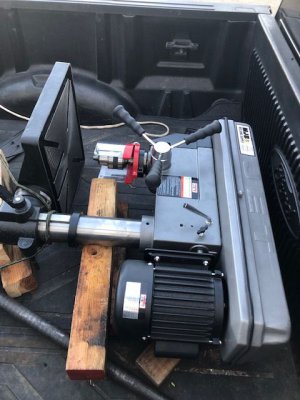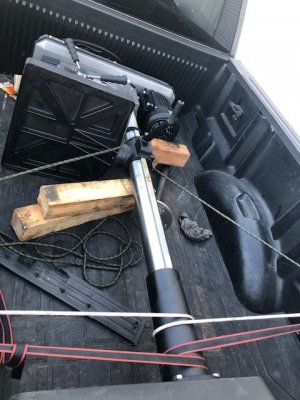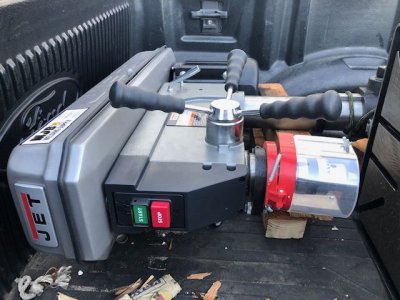- Joined
- Mar 26, 2018
- Messages
- 8,407
I sold the shaper (traded actually) now I have room for a drill press.
Question for you electricians.
This is 115/230V motor. The max load is 18/9.
I have 240 access within 36" of the final location.
What advantages are there in wiring it 220? 230?
18 amps is a big load on a 115 circuit. It's a 20 amp outlet.
More torque? More efficient if I wire it with the higher voltage?
I am taking it to the shop with 2 other guys tomorrow. It's awkward to move.
Thanks guys.


Question for you electricians.
This is 115/230V motor. The max load is 18/9.
I have 240 access within 36" of the final location.
What advantages are there in wiring it 220? 230?
18 amps is a big load on a 115 circuit. It's a 20 amp outlet.
More torque? More efficient if I wire it with the higher voltage?
I am taking it to the shop with 2 other guys tomorrow. It's awkward to move.
Thanks guys.




